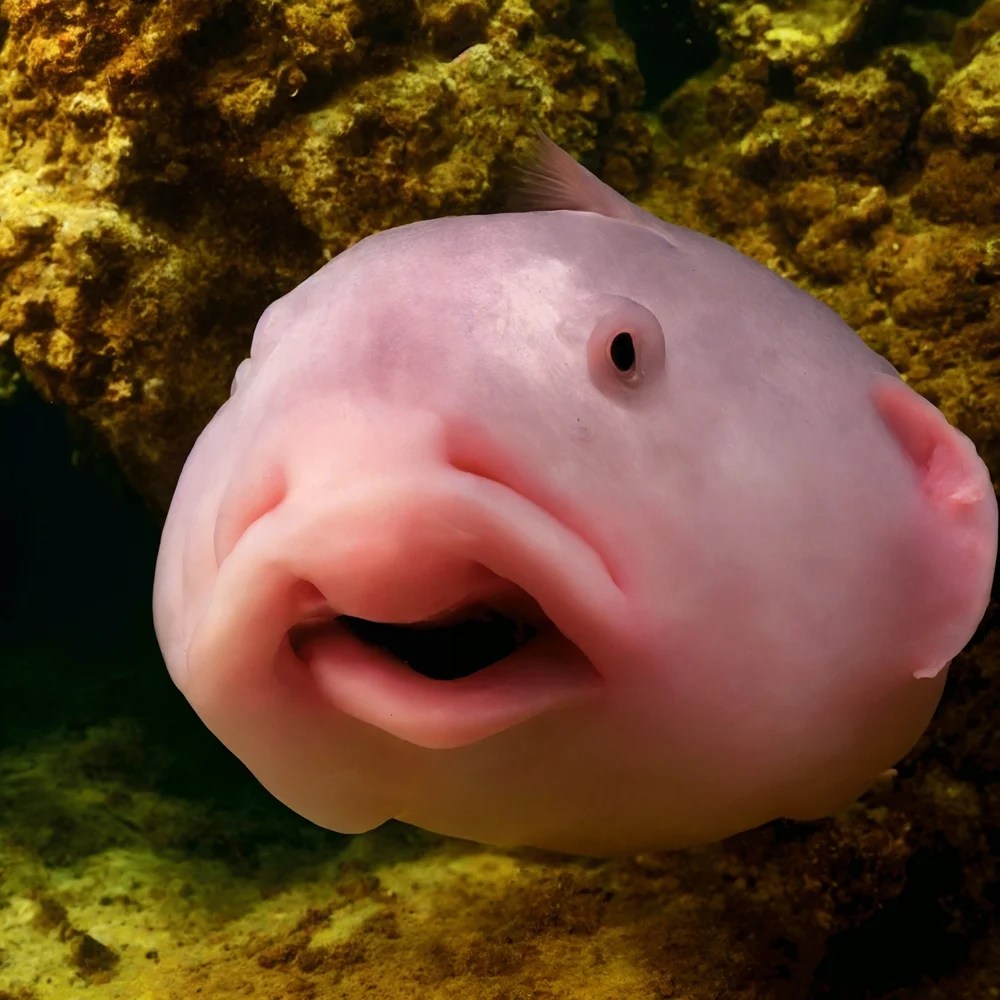Understanding what do fish eat in a natural pond is essential for anyone interested in aquatic ecosystems, fishkeeping, or simply enjoying the beauty of nature. Fish, as cold-blooded vertebrates, have varied diets that depend on their species, size, and the environmental conditions of their habitat. In natural ponds, fish are part of a complex food web, relying on a range of organic materials and organisms to thrive. This article delves into the fascinating world of fish diets in natural ponds and explores the various factors that influence what they consume.
In a natural pond, fish play a crucial role in maintaining the ecological balance. They not only contribute to the health of the pond by controlling insect populations but also serve as prey for larger wildlife. Understanding what do fish eat in a natural pond helps in appreciating the delicate balance of these aquatic environments. The diet of pond fish can vary significantly based on the availability of food sources, which can fluctuate with the seasons and environmental changes.
From algae and plant matter to small invertebrates and even other fish, the variety of available food sources shapes the dietary habits of fish in natural ponds. This article will take you through the various types of food that fish consume, the factors that influence their diet, and how this knowledge can help in creating a thriving pond ecosystem. So, let's dive deeper into the aquatic world of ponds and uncover the mysteries of fish diets!
What Do Fish Eat in a Natural Pond?
Fish in natural ponds have a diverse diet that primarily consists of:
- Plankton: Microscopic organisms that float in water, which serve as a primary food source for many fish species.
- Invertebrates: Small creatures like insects, worms, and crustaceans that fish readily consume.
- Plant Matter: Algae, aquatic plants, and fallen leaves that provide essential nutrients.
- Smaller Fish: Some predatory fish species may feed on smaller fish or their eggs.
How Does the Season Affect Fish Diets?
The diet of fish in a natural pond can change with the seasons. During spring and summer, fish have access to a greater variety of food sources, including abundant plant growth and a surge in insect populations. In contrast, during the colder months, as temperatures drop and vegetation dies back, fish may rely more on stored energy and fewer food sources. Understanding these seasonal dietary changes can help pond owners manage their ecosystems more effectively.
What Are the Key Factors Influencing Fish Diet?
Several factors influence what do fish eat in a natural pond, including:
- Pond Size: Larger ponds often support a wider variety of food sources.
- Water Quality: Clean, well-oxygenated water promotes plant and invertebrate growth, providing food for fish.
- Fish Species: Different species have varying dietary preferences and needs.
- Predation Pressure: The presence of predators can influence the availability and behavior of prey species.
What Types of Fish Are Common in Natural Ponds?
Natural ponds can host a diverse range of fish species, including:
- Bluegill: A popular freshwater fish that primarily eats insects and small invertebrates.
- Bass: A predatory fish that feeds on smaller fish, insects, and crustaceans.
- Catfish: Bottom feeders that consume a wide variety of organic material, including dead plant matter and invertebrates.
- Trout: Preferring cooler waters, these fish primarily consume insects, crustaceans, and smaller fish.
What Do Young Fish Eat in a Natural Pond?
Young fish, or fry, have different dietary needs than adult fish. They primarily consume:
- Plankton: Essential for their growth and development.
- Microalgae: Provides vital nutrients for young fish.
- Small Invertebrates: Such as tiny worms and insect larvae that are rich in protein.
How Do Fish Find Food in a Natural Pond?
Fish have developed various strategies for locating food in their natural habitat. Some rely on keen eyesight to spot movement, while others use their sense of smell to detect scents in the water. Additionally, certain species may employ camouflage or stealth to ambush prey, showcasing the incredible adaptability of these aquatic creatures.
What Role Do Aquatic Plants Play in Fish Diet?
Aquatic plants are not only vital for the overall health of the pond ecosystem, but they also provide food for fish. Many fish species graze on algae and other plant material, while the roots and leaves of aquatic plants offer shelter and breeding grounds for various organisms that serve as food. Thus, maintaining healthy aquatic vegetation is crucial for supporting the diverse diets of fish in natural ponds.
How Can Pond Owners Support Fish Diets?
Pond owners can take several steps to support the natural diets of fish in their ponds:
- Maintain Water Quality: Regularly test and manage water quality to promote healthy plant and organism growth.
- Encourage Biodiversity: Introduce a variety of aquatic plants and organisms to create a balanced ecosystem.
- Avoid Overfeeding: Limit supplemental feeding to prevent overpopulation of certain species and maintain natural feeding behaviors.
- Monitor Fish Populations: Keep an eye on fish populations to ensure a sustainable balance within the pond.
In conclusion, understanding what do fish eat in a natural pond is crucial for anyone interested in preserving and enhancing aquatic ecosystems. By recognizing the diverse diets of fish, the factors that influence their feeding habits, and the importance of maintaining a balanced environment, pond owners can create thriving habitats for fish and other aquatic life. Ultimately, the health of a natural pond is reflective of the intricate relationships between its inhabitants and their food sources, making it a captivating subject for study and observation.
You Might Also Like
Unleashing Creativity Through Floral Design ClassesCreative Ways To Dispose Of Your Old Car
Bridging The Language Gap: How To Understand Someone On Facebook Speaking Another Language
Navigating The World Of NTR Hentai: A Deep Dive
Everything You Need To Know About Timberland Boot Returns
Article Recommendations


